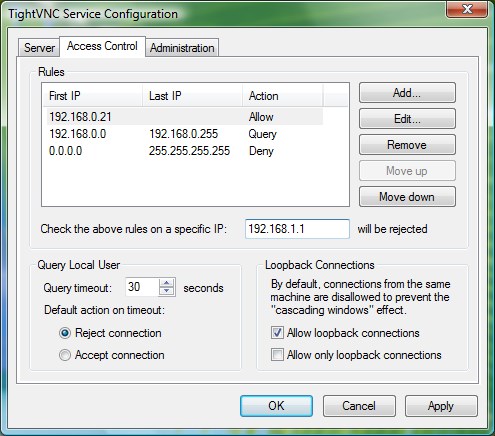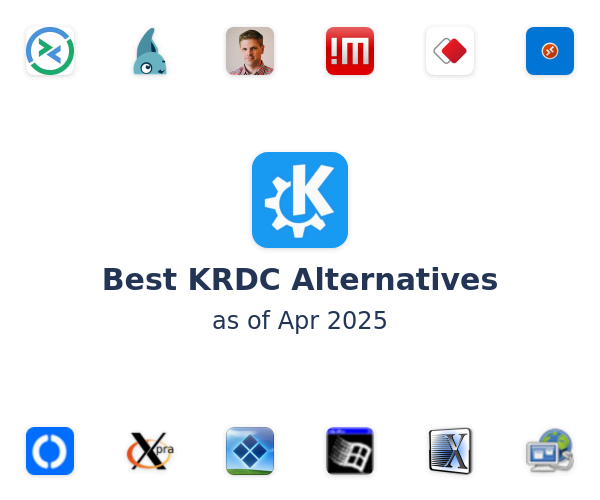
You can also transfer files from one computer to the other with this system. However, it is more sophisticated from the point that it also allows chat functionality and authentication methods.
#ULTRAVNC VS TIGHTVNC SOFTWARE#
UltraVNC is also software that works like VNC.You will be allowed access, and you will be allowed to do all the changes that you wish to do on the computer with this software. This is considered to be software that allows you to go from one computer to the other, and collect data in a certain manner.


There is an increase in the usage of these technologies, specially by people who are handling networks between their offices and home computers, as they are able to access the remote computer through their own home computer and vice versa.
#ULTRAVNC VS TIGHTVNC DRIVER#
Tightvnc 2.0.4 is actually the slowest vnc server around (the mirror driver works only with 1.3) but it is the simplest to install, run in temporary service mode and has the most reliable screen updates (i prefer them to fast but not accurate ones like ultravnc has).VNC stands for Virtual Network Computing, and is a graphical sharing system that uses the RFB protocol, and you can remotely control another computer through the server. For the vista situation i had to modify the application (actually a self extract 7zip with a batch script) to create and start a service when the program is launched (as administrator) and delete that service when terminated.

I personally use tightvnc for remote support - tunneled via stunnel with certificates and using reverse connections. This uses the SYSTEM user rights, so in vista/7/server 2008+ you can access any administrative related items with no issues.Īdditional info: service mode and application mode use 2 different registry locations for configuration storage so you can actually have 2 instances, one system and one user that go by different rules (you have to run them on different ports). Server mode: the vnc server is installed as a system service. For the remotely connected user the screen will be blocked, until someone closes the administrative window or changes the focus to a window that has user rights.
#ULTRAVNC VS TIGHTVNC WINDOWS#
Note on Windows vista/7/server2008+ : launching any vnc server in user mode will make impossible the interaction with administrative privileged programs (just about anything that is launched with the shield icon and/or asked administrative permissions on application startup). Handy for remote support (with reverse connection). Can be used to quickly launch and stop the server even if the user does not have administrative rights and tightvnc is not required to be installed (you can extract the contents of the installer anywhere). "Service" mode.? Any assistance would be appreciated.Īpplication mode: the tightvnc server runs as a normal program with the current users permissions.

I've been working with "TightVNC" for a bit, and have been making successful connections.? However, I can't figure out the difference btween "TightVNC Application" mode vs.


 0 kommentar(er)
0 kommentar(er)
